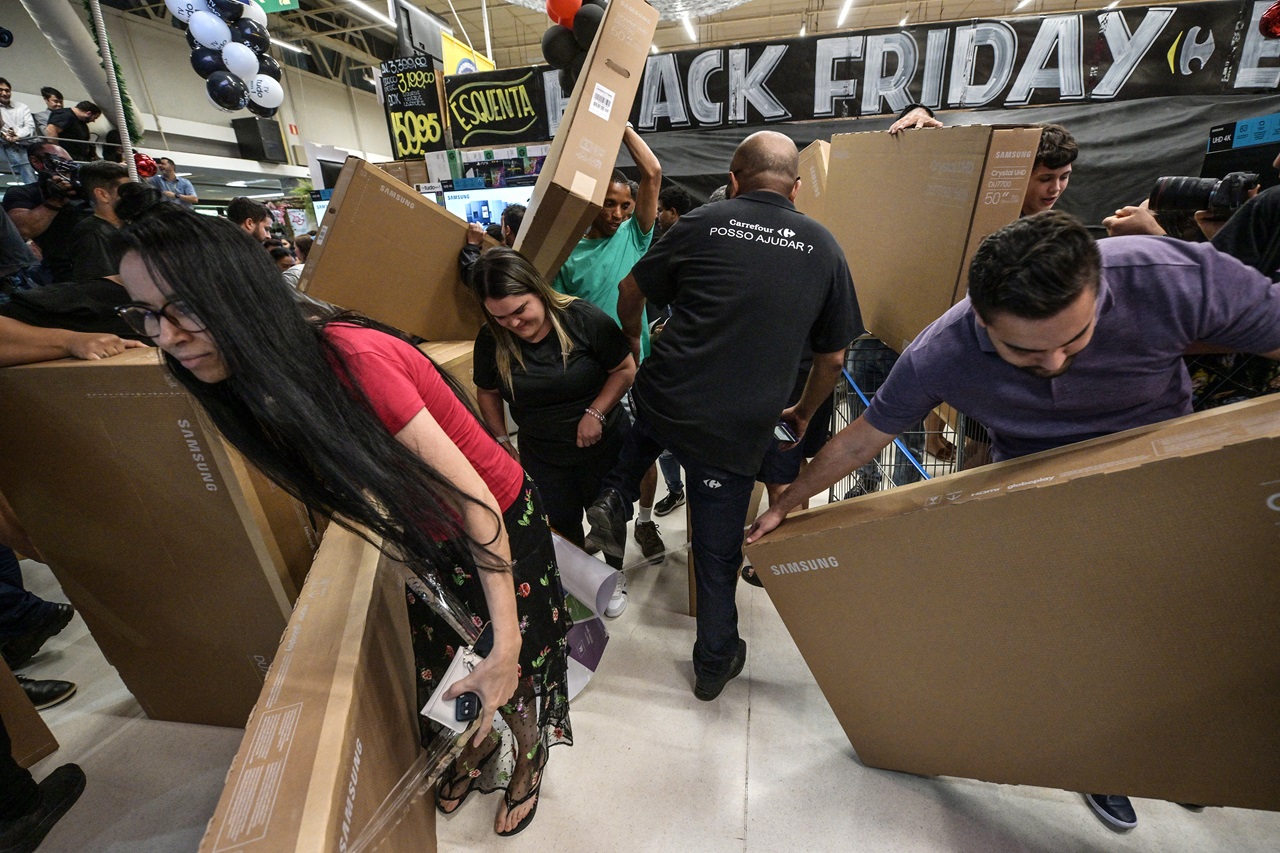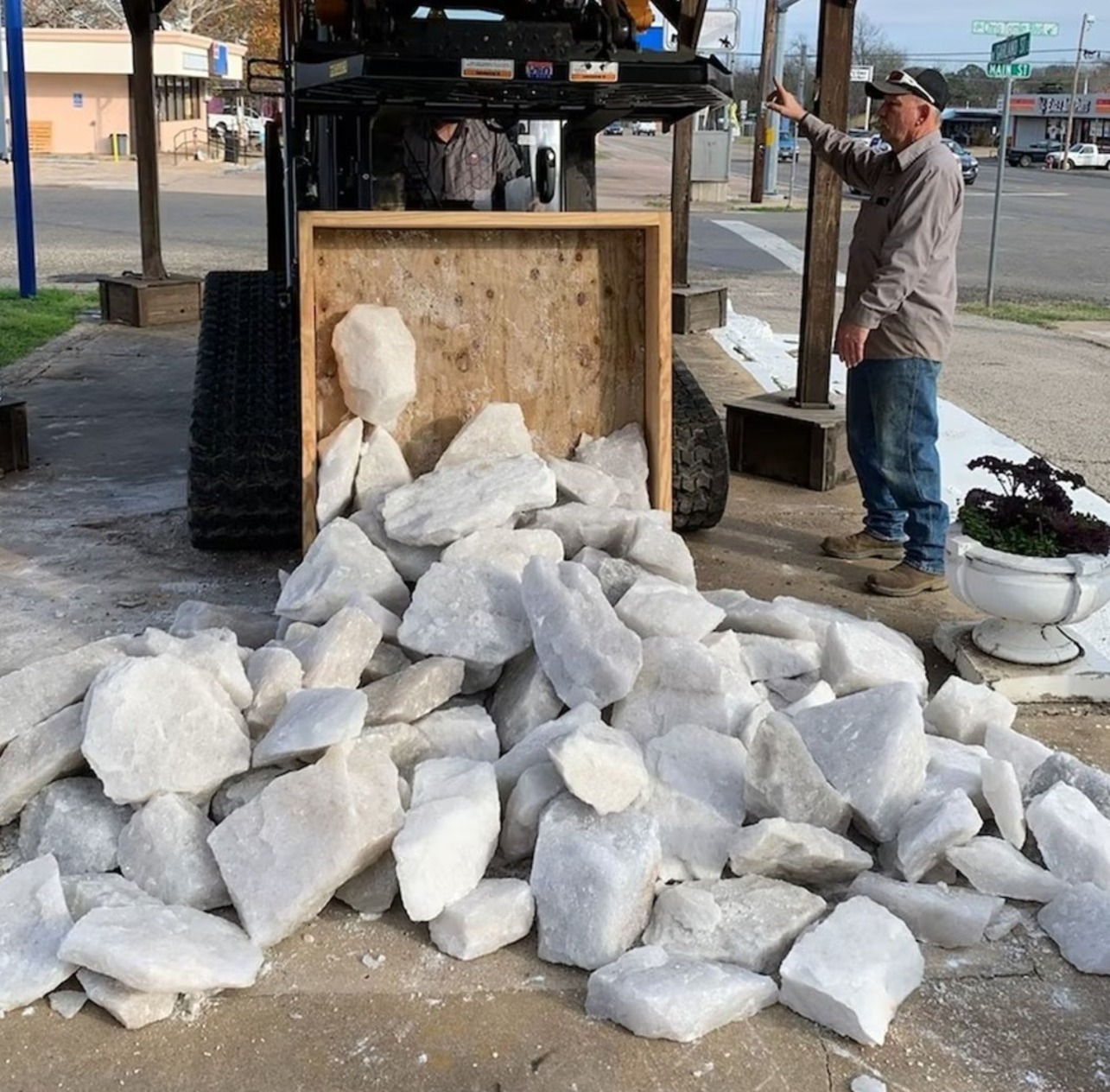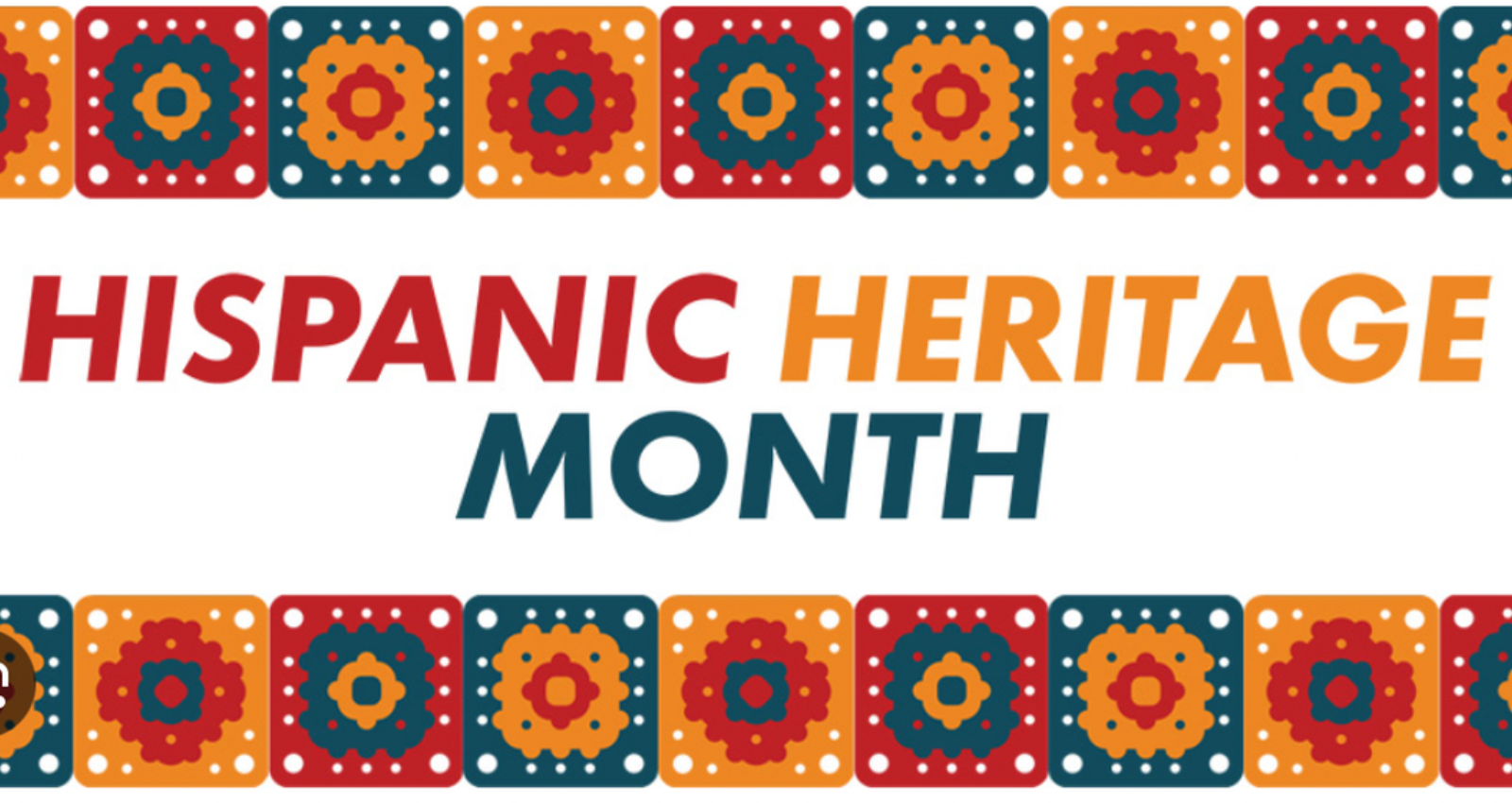
The COVID-19 effect on U.S.-Mexico border cities
What were once bustling centers of activity are ghost towns with rising case counts.
About a month ago was one of the most popular weeks for crossing the U.S.-Mexico border. Semana Santa, the week that precedes Easter is a time usually reserved for a trip to the Mexican coastline for many on either side of the border.
The travel also provides a welcome flush of cash for those in the vital tourism industry of the region, making sure they too, eat well for Easter Sunday.
But this year, with coronavirus grinding travel to a standstill, the reality was much less festive.
An hour from the Arizona-Mexico border, in the resort town of Puerto Peñasco, Maria Eugenia Zacatelco Montiel would normally have had to schedule extra boat tours during Holy Week. Instead, she had to lay off all but 10 of her 24 staff members from her boat and water activity rental company.
“That was one of the hardest things I’ve ever had to do,” she told The Arizona Republic.
At the time, Puerto Peñasco was a ghost town. It still is, along with a host of other cities along the U.S.-Mexico border including El Paso, Juárez, San Diego, and Tijuana, four of the key economic border hubs going into either country.
The U.S. and Mexico agreed to its first border closing on March 21, and extended it on April 20 for at least another month. It doesn’t target travel for merchandise, business, or those with temporary work visas and students.
Still, Alejandro Mier y Teran, president of the Otay Mesa Chamber of Commerce on the border near Tijuana and San Diego, reported a drop in cargo traffic across the border of up to 50%.
The San Diego Union-Tribune reported an “unprecedented” 70% drop in border crossings for the region since the COVID-19 border shutdown.
In Juárez, much like the rest of Mexico, manufacturing factories were slow to react and shutter, but now most of the 300 or so have closed or operate on reduced hours.
The effect of those closings have a direct effect on logistics and warehouse operations across the border in El Paso.
Tom Fullerton, an economics professor at the University of Texas-El Paso (UTEP), said particularly, the auto industry could see a major interruption in its supply chain as a result.
“It’s going to be a bumpy ride,” he was quoted saying by the El Paso Times.
RELATED CONTENT
The El Paso County Commission also recently announced a suspension to pending projects and is allowing for departmental cuts to cope with the economic fallout. The projects totaled $10.3 million, but the total fallout is predicted to be around $17 million by the county’s budget and fiscal policy department, and could take two to three years to recover from.
However, everything depends on how long the lockdown lasts.
Texas is one of 24 states in the U.S. opting for a partial reopening in an effort to save some economic face. Arizona is the other state along the U.S.-Mexico border also promising a swift reopening. California and New Mexico are still shut down.
Whether that results in another spike of COVID-19 is yet to be seen, but on the other side of the border, the COVID-19 carousel is just starting.
On May 6, Juárez surpassed 100 deaths with only 433 confirmed cases of COVID-19, meaning the death rate there is 24% compared to a worldwide rate of 6%. Even it's mayor, Armando Cabada tested positive.
Mexican health officials also warn that unlike in other parts of the country such as Mexico City, the peak of coronavirus hasn’t happened yet in border cities like Juárez.
“The curve is still going up,” said Dr. Arturo Valenzuela, head of the Chihuahua state Health Department.
Chihuahua as a whole is still seeing 67% to 75% increases in infections and deaths.
Baja California, where Tijuana is located, is also the third-highest in COVID-19 infections outside of Mexico City and the state of México in the country. Not only are ventilators running low in hospitals, but cemeteries are also having trouble finding space to put new bodies.











LEAVE A COMMENT:
Join the discussion! Leave a comment.